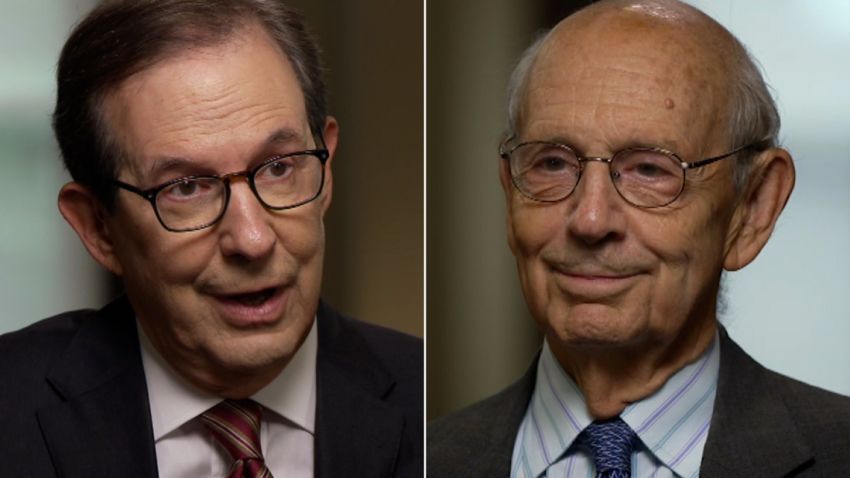Editor’s Note: This Sunday, Oct. 2, at 8 p.m. ET and PT, CNN will air Fareed’s latest special report, “Supreme Power: Inside the Highest Court in the Land.” This article is adapted from Fareed’s concluding remarks in that special. View more opinion at CNN.
The power of the first branch of American government, Congress, comes from its ability to tax and spend, a formidable strength. The power of the president, the second branch, crucially includes his or her role as commander in chief of the armed forces. The power of the third branch, by contrast, is technically its symbolic authority.

The Supreme Court cannot enforce any of its own rulings. It relies on the other branches and the public to accept them. That is why the legitimacy of the Court is so important.
And that is why actions that make the Court seem more partisan, more radical, more out of tune with the country, are so dangerous.
The Court’s approval rating, one rough measure of legitimacy, has been declining for decades. And it went down sharply after Bush v. Gore.
That was a nakedly partisan ruling in which conservatives, who had long championed states’ rights, suddenly discovered that the federal government had a crucial role in the 2000 election.
But it was just a highly visible example. The Court has been growing more ideologically predictable – that is, politically partisan – in recent years. Judges appointed by Republicans now almost always rule in ways that Republicans want them to. Ditto for judges appointed by Democrats. It is all part of the hyper-polarization of American life.
But it is also partly because of the strange way in which America’s highest court is structured. It might surprise you to know that no other major democracy gives members of its highest court life tenure.
Most Western countries have fixed terms or mandatory retirement ages: 68 in Germany, 75 in Britain, 75 in Canada. Germany gives its Constitutional Court judges a 12 year term, as do some other democracies.
The American system of selection is also extraordinarily political. In many European countries, by contrast, there are panels of experts that play a large role in sending forward nominees or vetting them. The composition of the committees is often designed to be bipartisan, and involving legal experts. For example, France’s Higher Council of the Judiciary is mostly comprised of elected judges with a few appointed by other bodies. Britain has a somewhat similar selection process. And it is rare to reject the advice of these bodies.
Some European supreme courts are required to rule by consensus rather than majority vote, and they often take pains not to air political divisions.
In Italy, Belgium, and France, for example, the high court justices do not publish dissents in order to maintain the court’s image of impartiality.
The most egregious aspect of the American judicial system is surely the one that is now close to unique: life tenure. It raises the stakes sky high. Judges can wield their power longer than most dictators; some stay on the court for decades. Clarence Thomas, for example, has been on the Supreme Court for almost 31 years, and he is now 74 years old.
The prize is to find young judges, in order to perpetuate their rule for as long as possible. For an aspiring judge, ideological rigidity and lockstep consistency are now the most prized signals to their party that they should get the nod. And a middle-aged, middle of the road, extremely distinguished ideologically moderate judge – in other words, a judge with perfect judicial temperament – doesn’t stand a chance.
And, of course, there is the uncomfortable question of mental deterioration, which is surely something worth considering when judges could be ruling into their 80s and beyond on highly consequential matters involving new technologies, complex economic systems and legal theories.
The Supreme Court of the United States has moved in a direction that has weakened its own legitimacy. It might be an occasion to begin a national conversation about what reforms could be put in place to make it less partisan, less divisive and more trusted by the vast majority of citizens. After all, that is the only way its rulings will be truly accepted in a diverse democracy of more than 330 million people.





